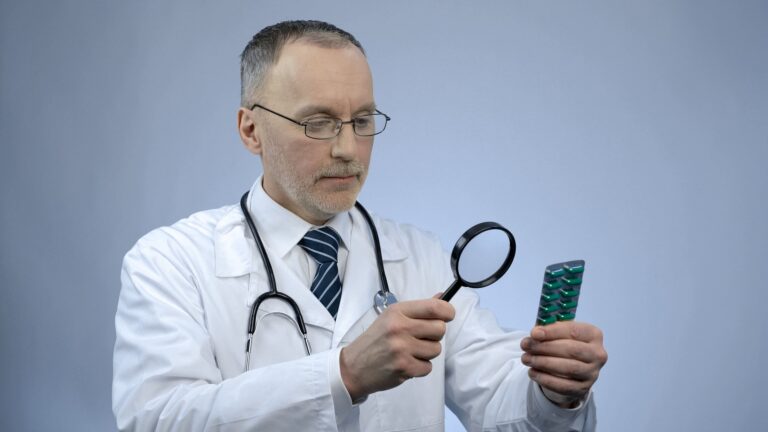Public health responses to counterfeit drugs
Although the adverse health impact of counterfeit and falsified medicines is catastrophic, it is difficult to measure the overall public health burden, the number of deaths and cases of complications, and economic loss due to counterfeit and illegal drugs. Most information on deaths from counterfeit medicines are derived from newspapers or medical reporting. Information on arrests and incidents are reported by PSI, which is shared with pharmaceutical industries and regulatory agencies. Public health professionals rarely have access to such data. The World Health Organization (WHO) has highlighted a number of contributing factors globally for the spreading of counterfeit medicines: insufficient national medicine regulation, poor enforcement of existing legislation, and weak stakeholder collaboration. Most strategies to combat the problems are directed at the stakeholder levels. However, there are often concerns that anti-counterfeiting activities are limited to stakeholders, who are mainly pharmaceutical industries, intellectual property professionals, trademark and copyright holders, government regulatory officials, and law enforcement agencies. They emphasize supply chain processes, technological, and legal mechanisms, paying less attention to consumer judgment and decision-making aspects.
It is often considered that patients and health care providers lack understanding of the risks of exposure to counterfeit and illicit medicines. A cross-sectional study in 2021 among 171 healthcare providers at Mizan-Tepi University Teaching Hospital in Ethiopia found that the study participants have high knowledge (84.2%) but very few (15.8%) considered them toxic and only 50.3% were able to distinguish a counterfeit drug from a genuine drug. The perception among most Americans is that federal agencies tightly regulate the production, packaging, distribution, and sale of pharmaceutical products, and prescription medications available online for safe.
A very limited number of studies were conducted among physicians and most of these studies examine the physicians’ knowledge and problems of counterfeit drugs and their abilities to identify and detect counterfeit drugs from packaging, labeling, and mobile authentication numbers and other anti-counterfeit medicine technologies(ACMTs). These studies rarely examined their counseling of patients on counterfeit drugs and associated risks.
Most studies in LMIC and developed countries were done among pharmacists and drug-sellers. Although a number of studies suggested assessing the perspectives of consumers, health providers, and pharmacists, very few studies have examined the perspectives of consumers and HCPs. Engaging consumers and HCPs was also missing as a recommendation in the IOM’s 2013 report from the lists of strategies for countering the problem of counterfeit drugs.




